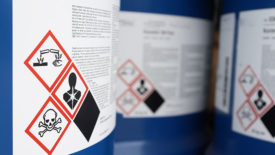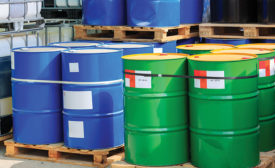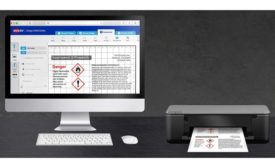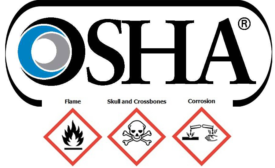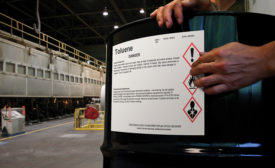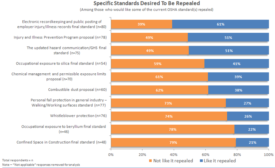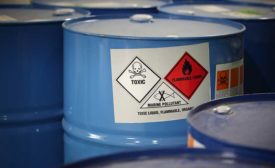Home » Keywords: » Hazard Communication standard
Items Tagged with 'Hazard Communication standard'
ARTICLES
The updates take effect on July 19, 2024.
Read More
Hazcom for multi-employer sites
All employees must be working from the same playbook
December 4, 2019
A Spill drill action plan
Engage your responders to maximize speed & containment
November 4, 2018
As OSHA’s hazcom standard evolves
Agency plans to align with the UN’s GHS Revision 7
September 14, 2018
Avery® Products and SiteHawk partner for easy, automated GHS labels
The partnership will help companies easily create chemical and safety labels that meet the GHS Hazard Communication Standard (HazCom)
January 30, 2018
OSHA standards: to repeal or not to repeal
That is one of the questions we asked ISHN readers
February 10, 2017
Become a Leader in Safety Culture
Build your knowledge with ISHN, covering key safety, health and industrial hygiene news, products, and trends.
JOIN TODAYCopyright ©2025. All Rights Reserved BNP Media.
Design, CMS, Hosting & Web Development :: ePublishing
